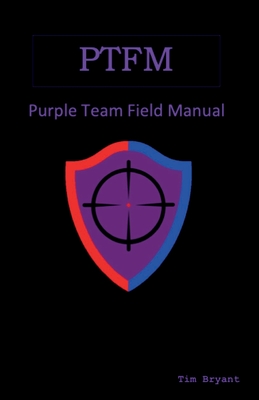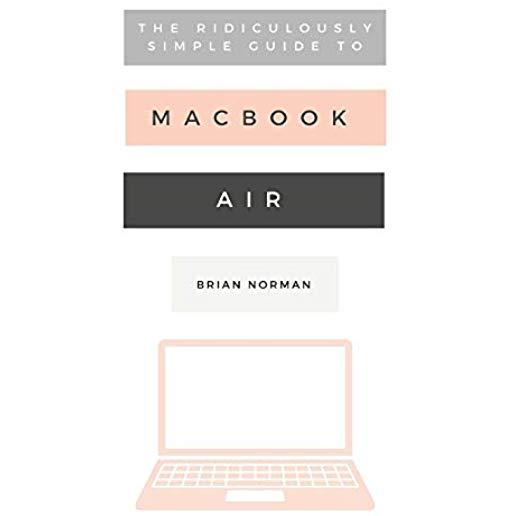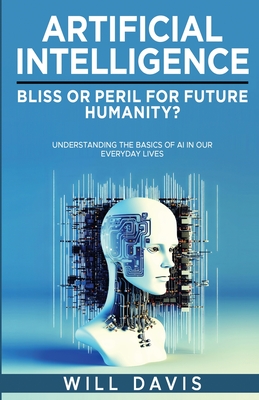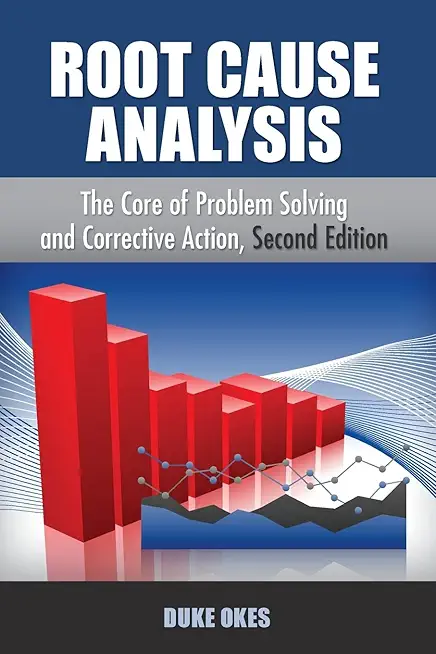Architecture and Installation
Understanding the BusinessObjects Components
Client Tier
Application Tier
Intelligence Tier
Processing Tier
Data Tier
Client Tier
Application Tier
Intelligence Tier
Processing Tier
Data Tier
Report Viewers
Information Flow
Installing Enterprise on Windows
Installation Options
System Requirements (Windows)
The Central Management System (CMS) Database
Architecture and Installation
Understanding the BusinessObjects Components
Client Tier
Application Tier
Intelligence Tier
Processing Tier
Data Tier
Client Tier
Application Tier
Intelligence Tier
Processing Tier
Data Tier
Report Viewers
Information Flow
Installing Enterprise on Windows
Installation Options
System Requirements (Windows)
The Central Management System (CMS) Database
Network Requirements
Full Stand Alone Installation
BusinessObjects Launchpad and InfoView
BusinessObjects Enterprise Administrator Launchpad
Java Launchpad:
.NET Launchpad:
Administration Launchpad Components Overview
Central Management Console
Documentation
Administrative Tools
More on the Web
InfoView Overview
Logging on to Enterprise
The InfoView Main Screen
The Title Area
The InfoView Navigation Panel
The InfoView Objects Area
The InfoView Discussions Area
Using InfoView
Viewing Folders
Folder Objects
Schedule a Report
View Latest Instance
Account Manager
What is Account Management?
Central Management Console
Managing Groups
Why Use Groups?
Creating a Group
Subgroups and Members
Managing Users
Creating a User Account
Users and Groups
Modifying a User Account
Guest Account
Disabling the Guest Account
Password Settings
Folder Management
What is Folder Management?
Creating Folders
Deleting Folders
Copying and Moving Folders
Adding an Object to a Folder
Folder Limits
User Folders
Categories
Creating a Personal Category
Corporate Categories
Managing User Access
Enterprise Object Security Model
Access Levels
Group and Folder Inheritance
Group Inheritance
Folder Inheritance
Access Levels and Rights
Setting Advanced Object Rights
The CMS and User Rights
The Root Folder
Security Models
Model 1 – Closed System of Increasing Rights
Model 2 – Open System of Decreasing Rights
Publishing Wizard
What is Publishing?
Publishing with the Publishing Wizard
Managing Objects
What are Objects
Managing Report Objects
Adding a new Object using the Central Management Console
Copy, Move and Shortcut
Copying a Report Object
Creating a Shortcut
Searching for a Report
Managing a Report Object and Its Instances
Properties Tab
History Tab
Process Tab
Schedule Tab
Object Packages
Scheduling Reports
What is Scheduling?
Time Based Scheduling Options
On Demand Schedule
Once Schedule
Daily Report
Every X hours, N minutes
Weekly
Monthly
Managing Events
Events Overview
Creating a File Based Event
Creating a Schedule Based Event
Creating a Custom Based Event
Managing and Configuring Servers
Server Administrative Tools
Central Management Console (CMC)
Central Configuration Manager (CCM)
Start, Stop and Restarting Servers
Using Central Management Console to Organize Servers
Using Central Configuration Manager to Manage Servers
Viewing Metrics using the Central Management Console
Server Metrics
Managing the Central Management Server
Configuring the Audit Database
Clustering Central Management Servers.
Installing a New CMS and Adding it to a Cluster
Adding an Installed CMS to a Cluster
Changing the Cluster Name
Copying CMS data from one Database to Another
Recreating the CMS Database
Managing the File Repository Servers
Metrics
Managing the Cache Server
Cache Server Properties
Cache Server Metrics
Managing the Event Server
Event Server Properties
Event Server Metrics
Managing the Page Server
Page Server Metrics
Page Server Rights
Managing the Report Job Server
Job Server Properties
Report Job Server Metrics
Default Disk Destination
Default Email (STMP) Destination
Server Groups
Creating a Server Group
Business Servers
Business View Overview
Data Connections
Dynamic Data Connection
Data Foundations
Business Elements
Business View
List of Values
Business Element Wizard
Business View Architecture
The Business View Manager
Starting the Business View Manager
Creating a Data Connection
Checking Connectivity
Creating a Dynamic Data Connection
Creating a Data Foundation
Property Browser and Data Foundations
Adding Formulas to a Data Foundation
Adding SQL Expressions to a Data Foundation
Using Custom Functions in the Data Foundation
Creating Filters in the Data Foundation
Multiple Filters
Creating a Parameter Field
Business Elements
Business Views
Business Views Object Rights
Editing Rights
Inheritance
Security Model Example
Row and Column Security
Row Security
Column Security
Reports based on Business Views
List of Values
Importing and Exporting Business Views
The Repository
The Repository Migration Wizard
The Repository Explorer
Working with the Repository Explorer
Adding, Renaming & Deleting Folders
Adding Text Objects or Images
Adding SQL Commands
Adding Custom Functions
Changing Repository Objects on Your Report
Disconnecting Text Objects and Images
Reattaching Text Objects and Images
Editing SQL Commands
Editing Custom Functions
Editing Repository Objects Summary
Update of Report Objects Linked to the Repository
Universe Overview
Understanding Universes
Creating a Universe with Designer
Define the Universe Parameters
Create Initial Classes and Objects
Create Measure Objects
Generate the Universe
Modifying the Universe
Defining Joins
Formatting Display Values
Publishing the Universe
Exporting the Universe
Using the Universe in Enterprise
Universe Connections
Universes
Using Universes in Crystal Reports
Security Concepts
Security Overview
Authentication and Authorization
Authentication Types
The Primary Authentication Process
Managing Authentication
Enterprise Authentication
LDAP Authentication
Windows NT Security
Default Account
NT Single Sign On
Secondary Authorization
Appendix A – Performance Options
Live Data versus Saved Data
Increasing Live Data Viewing Capacity
Improving Web Response
Scheduled Report Capacity
Some Common Implementation Designs
One Machine Set Up
Three Machine Set Up
Six Machine Set Up
Appendix B – Platform Support
Operating Systems
Minimum Hardware Requirements for BusinessObjects Enterprise XI
CMS Database (Repository) & Audit Databases
Web Application Servers
LDAP \ Single Sign on Server
Web Browsers and Browser JVM
Crystal Reports Reporting Data Sources
Crystal Reports Reporting Data Sources supported for Scheduling only
Web Intelligence Reporting Databases
Microsoft Office
Citrix (Not supported for Chinese and Korean)
Development Platforms
.NET Framework
Wireless
Appendix C – Import Wizard Licensing






